Oluuvahan (The Red Eyes)
Summary
The Red Eyes are magical mercenaries that broke with the Nurhetic Tradition centuries ago, after engaging in forbidden techniques that weaponized nightmares and fear. They hide themselves in the dense jungles of Sau-Hezib and are thought of as ghosts by the local population. Among the many details ascribed to their legend, the Red Eyes are reputed to use the psychoactive plant, muji, in their secret rituals. The Council of Landezon has labelled the group a Subject of Concern, but not an immediate threat.Background
1. Origins and Rise
In Del, the Red Eyes are well-woven into the cultural narrative as symbols of lurking evil that compound the Delfó's general hatred of Sau-Hezibans. Only the Council knows the truth: that the order originated as an offshoot of the Nurhetic Tradition, thus its first founders hail racially from Delfó stock. The schism occurred around a millenium ago over a set of magical techniques, collectively known as Uvamas, which permit the user to delve into another's mind. Nurhetics recommend extreme caution when using this power as going too deep can bring about the casting sickness, Hedradec, in which a mage of Dream becomes confused about what is real and what is not, or where the border between their own mind and others is drawn. The group that would go on to form the Red Eyes held Uvamas - in particular, the fears it revealed - to be the key to enlightenment, and, neglecting the warnings of the Elders, broke off to establish their own order so they could explore the techniques with impunity. The timing was ideal: The long rule of Insabishaked and his descendants was coming to an end, and with it, the long era of peace and prosperity the land of Del had enjoyed. A new power from the East was rising in the form of the Sau-Heziban warlord, Baxtu Swordtooth. and the newly branded apostates left home to offer their services to this potential patron. After witnessing their deadly effectiveness on the battlefield, Baxtu elevated the shamans of nightmare to the Warrior caste, and bestowed an even greater honour by inviting them to join his own Clan. The Red Eyes, as they became known at this point, were thereafter responsible for countless massacres, increasingly against citizens of Del as the Swordtooth's campaign swept west. At the peak of the Rule of the Black Crocodile, the Swordtooth's empire, the Eyes held the highest station possible for a non-ruling caste, acting as interrogators and enforcers with a reputation for inciting terror.
2. Downfall and Banishment
In UT 867, Baxtu's empire, too, fell apart, leaving his close relatives in the Tsutùho Clan in charge of an ever-shrinking territory. Both the temporal rulers of Del, and the Council (with significant prodding from its Nurhetic members), resolved to pursue the Red Eyes and hold them accountable for heinous magical crimes, an initiative resulting in frequent missions into Sau and Hezib lands. Both of these tribes held the same disdain of outsiders as their Delfó neighbours, and wished nothing more than to be rid of these insistent pests, whose might stood to make life a lot more difficult. A deal was accordingly struck that led to the Red Eyes' official disbandment. "Official" being the operative word... The Tsutùho were in essence bought off. The Council proposed to build three Strongholds discreetly in Sau-Hezib, where the government was not bound by the formal terms of Council Stewardship and so recompensed handsomely for overseeing construction and maintenance of these structures. Outposts were established in the prefectures of Chandures, Ponoflee, and Esio near the settlements of Estu, Ruxitgu, and Nulrisoma. To this day, these properties rank among the Council's largest financial drains. In exchange, the High Chief Tsutùho Ùzi agreed to cut the Red Eyes off from the social system, an act thought sufficient to reduce their influence in Delhiza given the strictness of tribal law. In a grand public gesture, Ùzi presented Ekehu, leader of the Eyes, with a choice: The group could continue to operate openly in society, but as part of the religious caste - a demotion that would strip them of the right to carry weapons or inflict bodily harm - or live as outcasts, barred from the lavish resources provided by the ruling family. Ekehu spat in Ùzi's face, was promptly executed, and the remainder of the order stripped of title and dispersed to the four winds.3. Noble Hiding
Ekehu's death and the other dismantling was largely political theatre. Behind closed doors, the Tsutùho continued to patronize the Red Eyes, and contracted with their new leader, Dzode Ùdzùgi, to uphold the group's Warrior status - if only because the associated caste rights were needed to keep dispatching the ruling family's enemies. Banishment, even if a facade, would normally represent an enormous shame for a Warrior clan. But a loophole in caste law known as iṣùyube ogùhi - "Noble Hiding" in Si-Sau - provided a rationale for the Red Eyes to persist despite the circumstances. In oppressive times, retreat was considered acceptable, so long as the Warrior's mind remained fixed on the Enemy's defeat. The order accordingly declared a state of Noble Hiding, and assigned to the Council the role of Enemy. Things remained this way for just under a century. As years passed, defeating the Council became a less interesting goal, and the notion of "Enemy" was reframed in more abstract terms, i.e. the distractions that threaten one's path to enlightenment. Today, the order continues to veil itself because being ghosts worked out to its ultimate advantage; the Vow of Noble Hiding is still taken by all new initiates. Though opposition from the Council and from Del remains, it is vestigial, and no longer a potent factor in the choice to remain underground. The Vow is why both in Sau-Hezib and further afield, the Red Eyes are regarded as bogeymen of a sort. The superstitious believe very much in their existence and fear them; others of the "educated" view discount them as a mere myth, the prattle of peasants. Both attitudes serve the Red Eyes' aims well, as each deters people from seeking them out. The attentive have also failed to find proof. Even the Council, from its observation posts within Sau-Hezib, has yet no lead on a hideout, attesting to the incredible arcane skill of the Red Eyes in keeping to the shadows.4. The Mercenary Creed
Their ability to survive was not entirely chalked up to magic: money was necessary, too. The Tsutùho's purse ran deep, but the Red Eyes' allotment was a trickle of what it once was; other income sources were required to meet subsistence costs. Theft for the Warrior caste carried a sentence of instant death, and forms of labour such as agriculture or skilled trades that might promote self-sufficiency were off-limits. All that remained was finding legitimate martial work. This posed a conundrum, because the order clearly could not advertise, but a workaround was implemented: the Red Eyes began to keep tabs on prominent figures and approached them from the shadows to offer their services. Fearful of retaliation, few potential customers refused. So, while "mercenaries", the Red Eyes are not available for hire in the usual way. Given how efficient this system has proven, the Red Eyes' information network must indeed be extensive, and it is assumed that agents are planted in local communities. Based on the scant testimony collected from clients, price also seems to vary wildly from one person to another, from a handful of Chmaing to a herd of oxen - a detail whose strangeness suggests the presence of ritual criteria in the Red Eyes' selection process.5. Jùma Muji
Jùma muji, more commonly known as muji or Green Fog in Si-Sau, has been discovered alongside a number of bodies thought to be the ritual victims of the Red Eyes. The plant is used in traditional medicines as a pain reliever, but when smoked in high doses produces a dizzying mental effect. Nurhetic mages suppose that the Red Eyes may use it in this manner to delay the onset or reduce the severity of Hedradec symptoms. The vaguely reddish tinge a smoker's eyes take on is one of several proposed explanations behind the order's name.Above: Red Eye shamans consume Jùma muji.


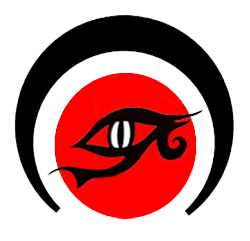
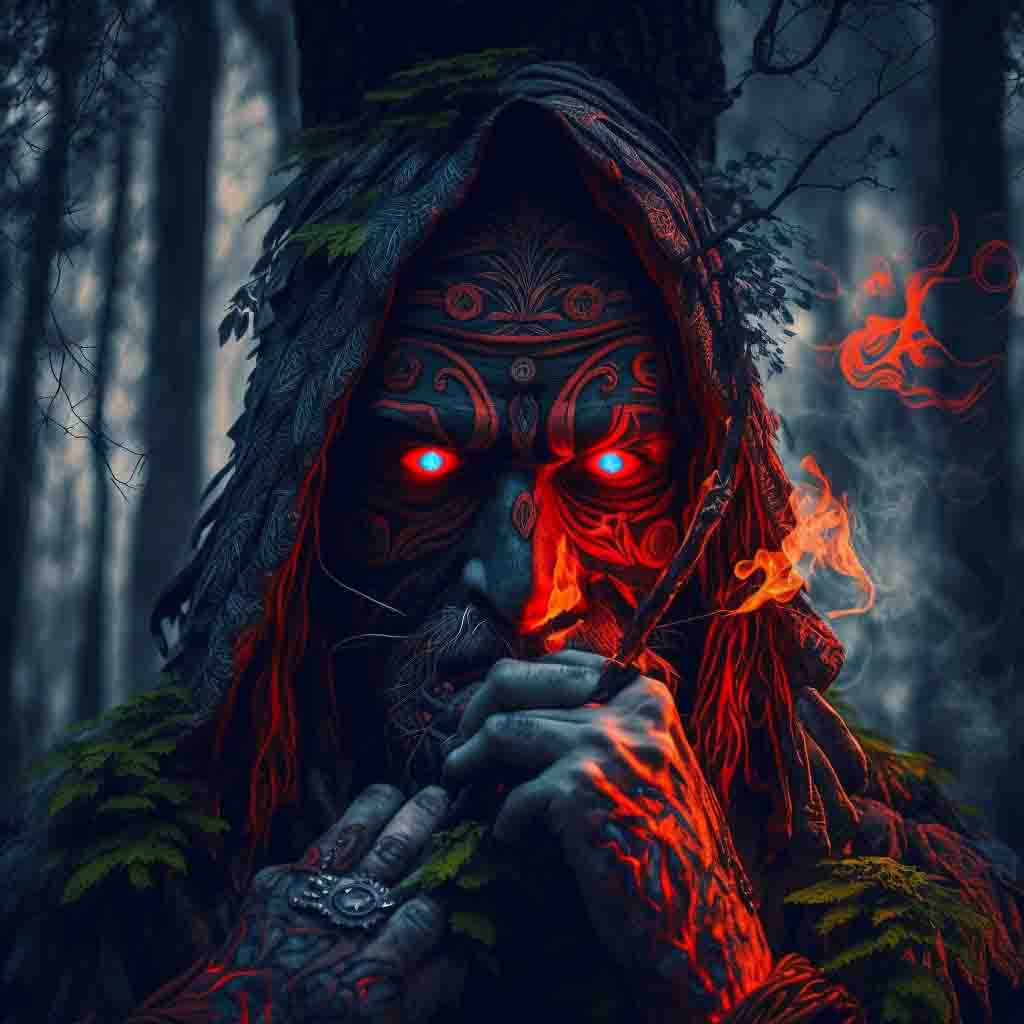
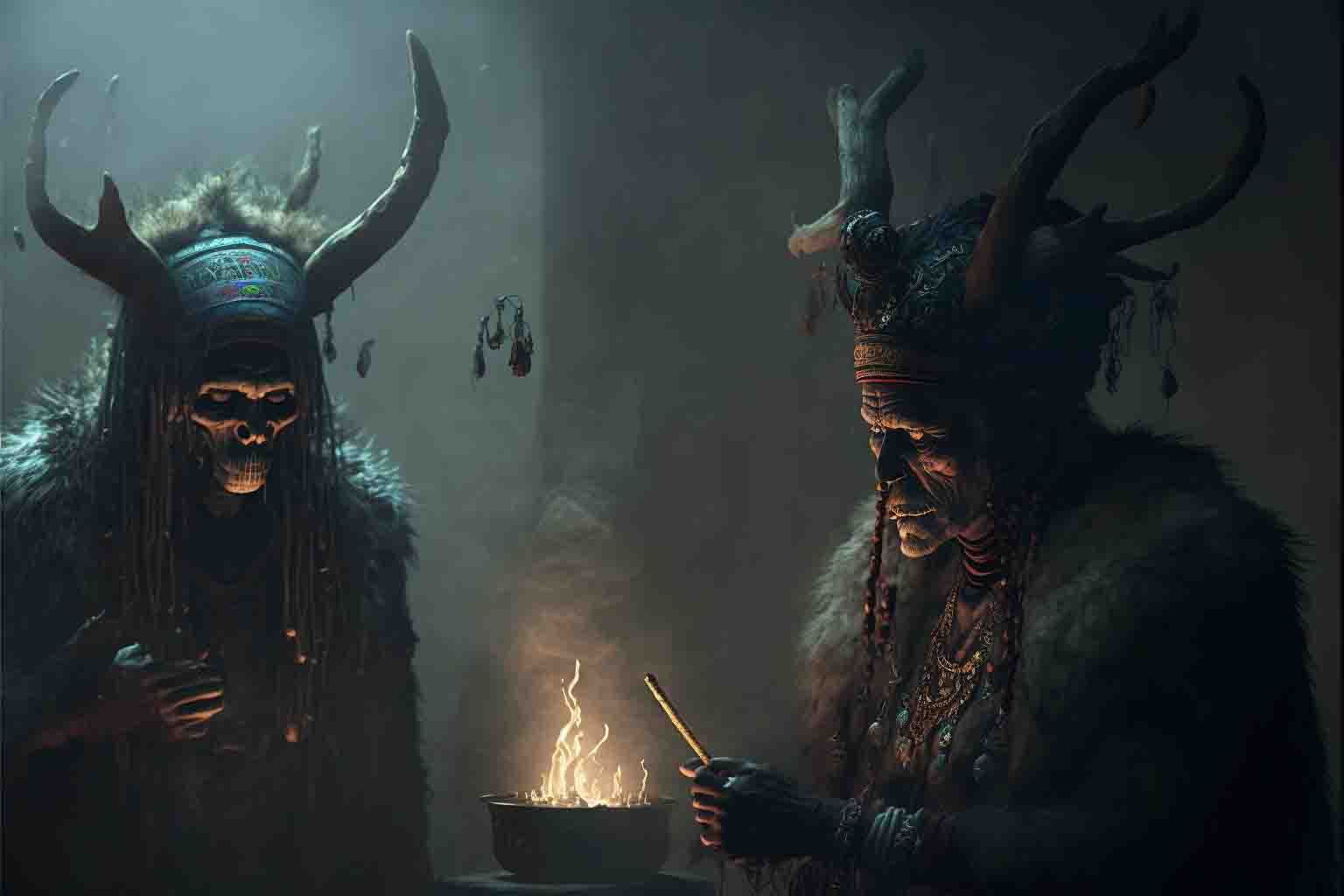
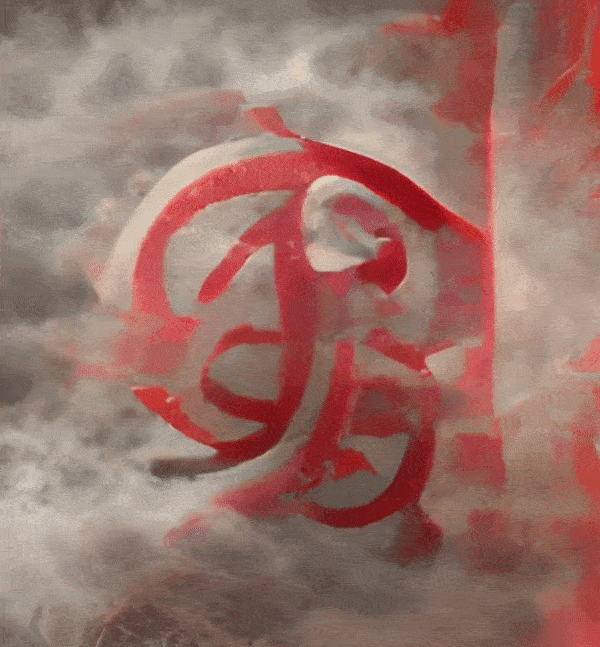
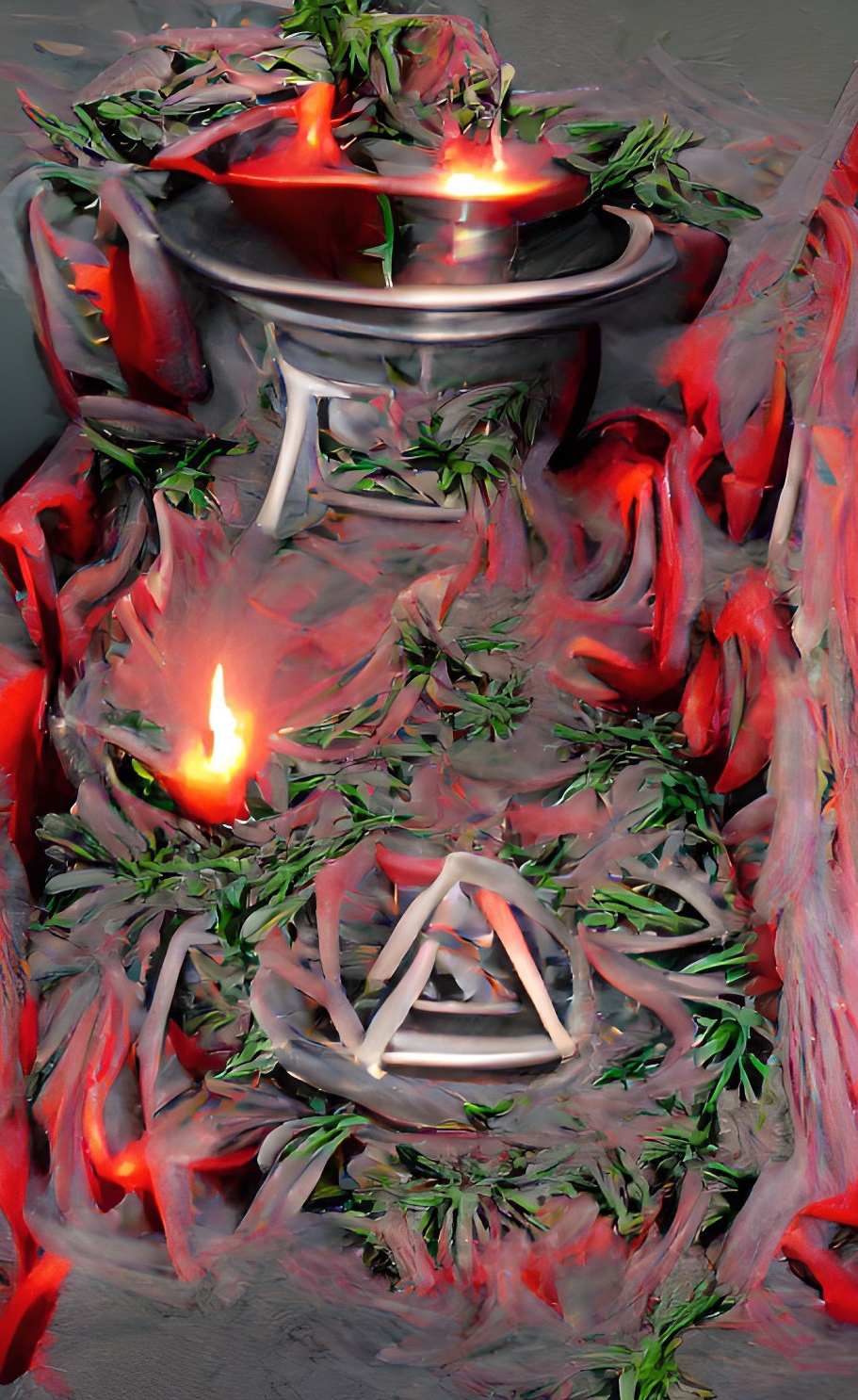
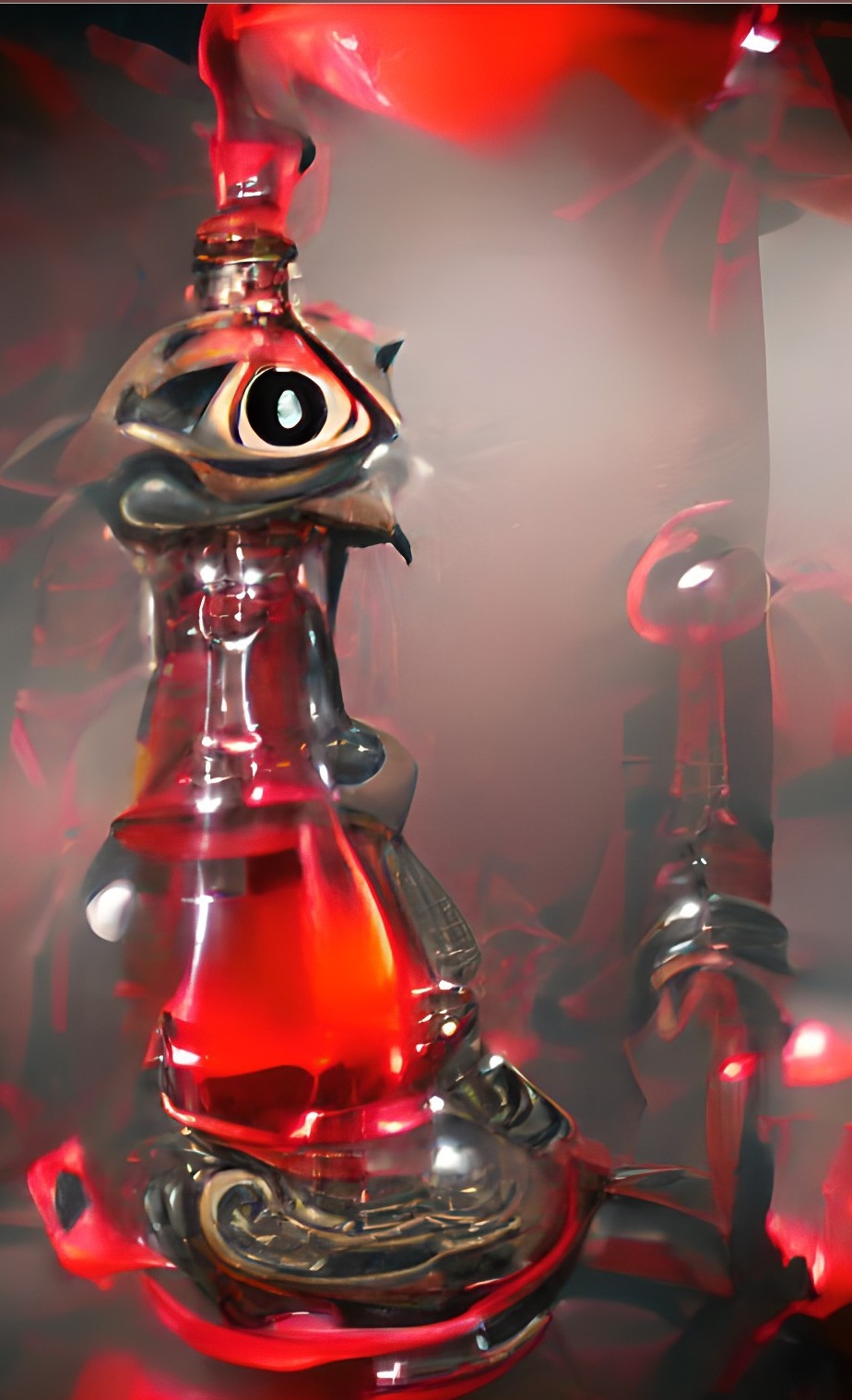
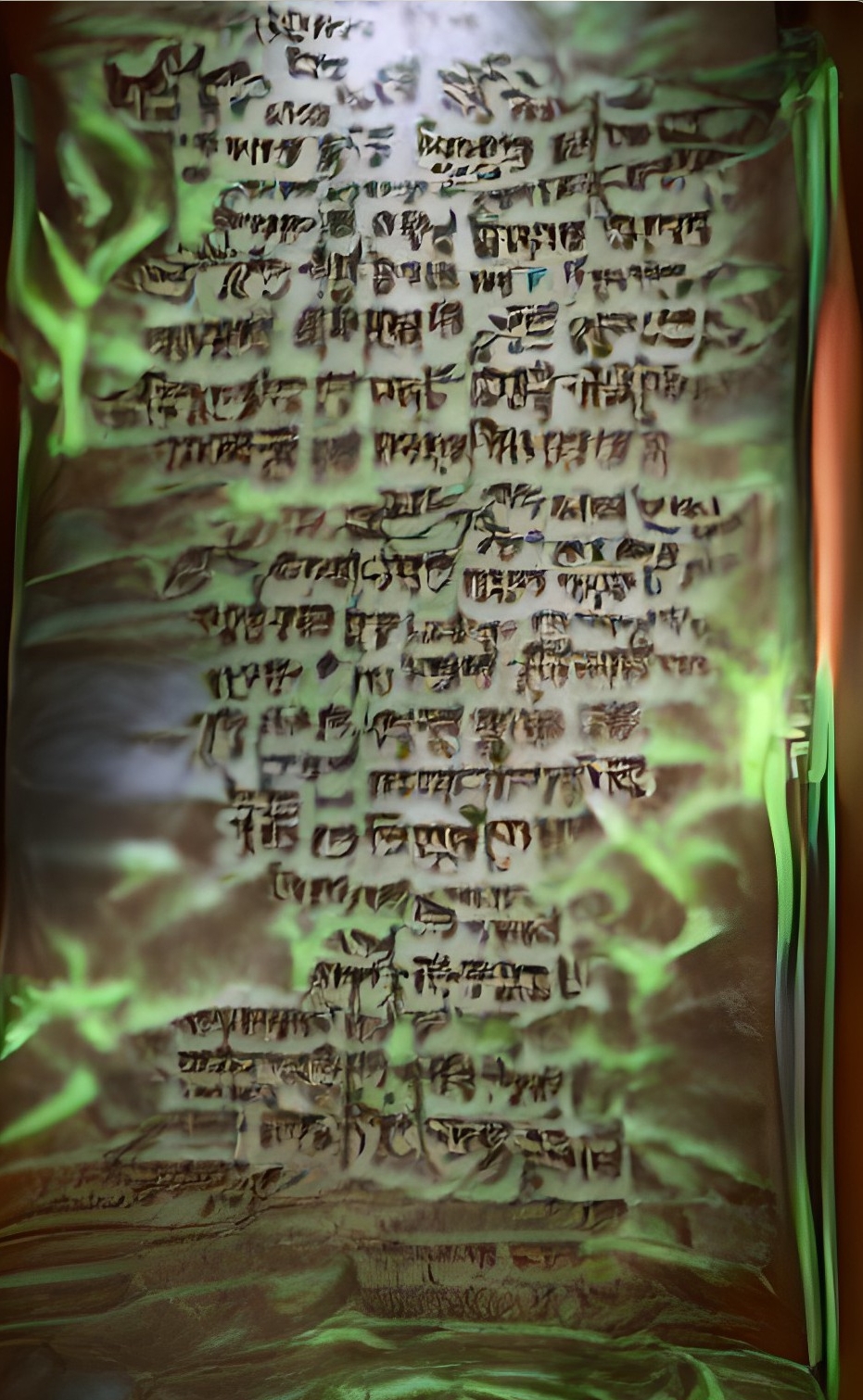

Comments